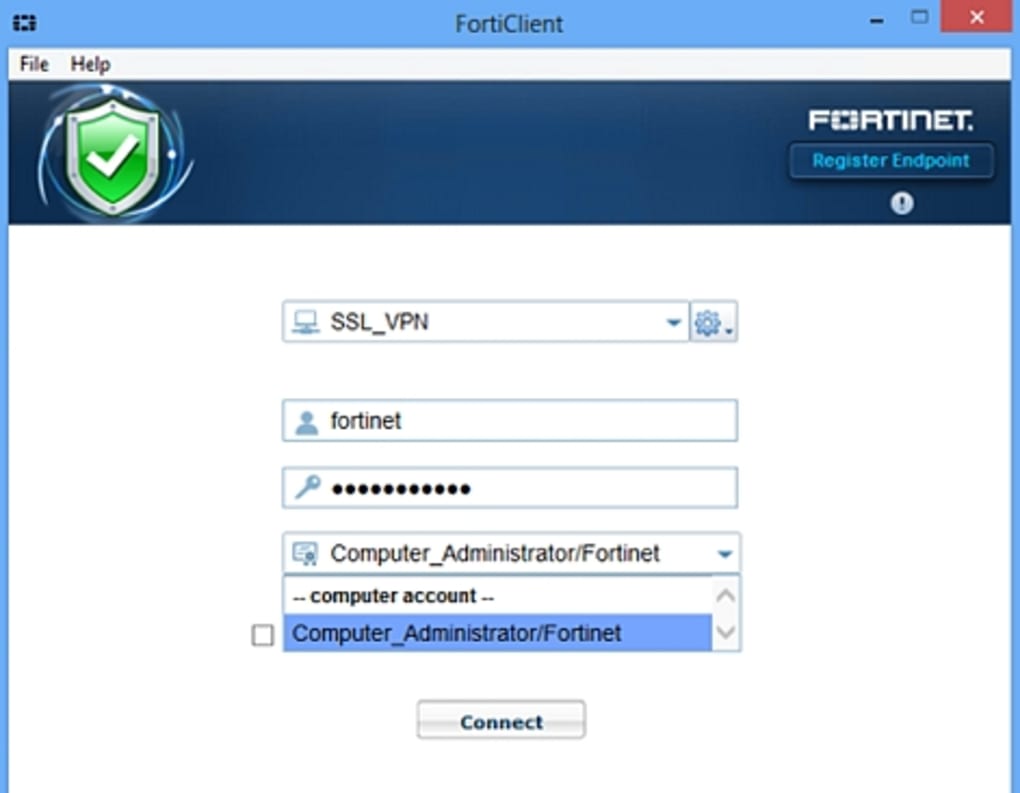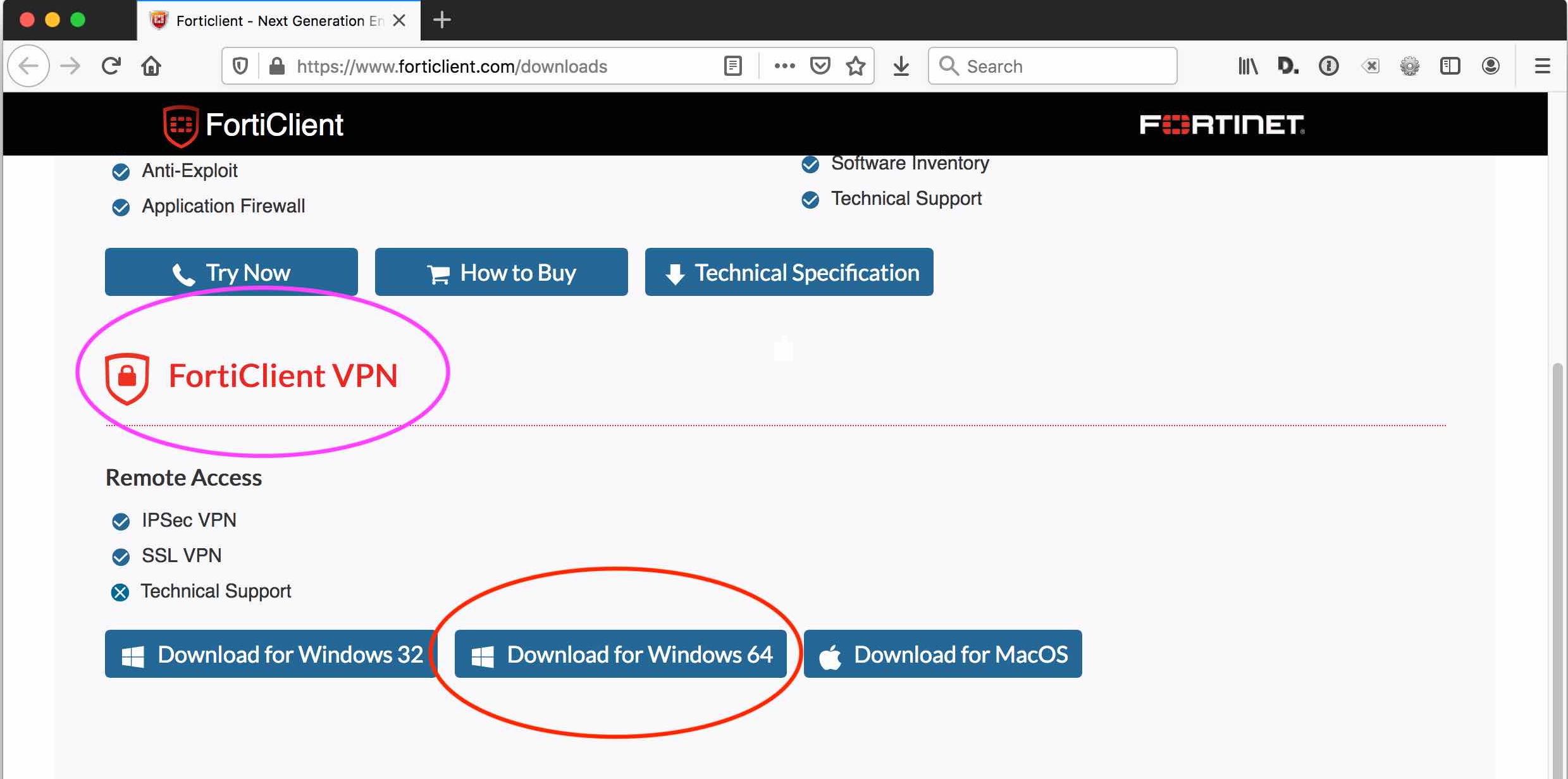


To overcome these issues, you can consider the offline installer. We have already mentioned that the online installer comes with some disadvantages. Why do you need an offline installer for Forticlient VPN? We can now use the created "install.intunewin" file in the Endpoint Manager under " Apps > Windows + Add" upload and distribute.An online installer comes with several downsides, even though some advantages are. $ProfileName = "DEMO scloud" # Change to your Profilename! $ProgramVersion_target = '7.0.2.90' # Set to version from MSI Code language: PowerShell ( powershell ) Create Intunewinįrom this package we now create using the Microsoft Win32 Content Prep Tool the Intunewin file. The profile name is the one you defined in the FortiClient.

To do this, you have to adjust the "$ProfileName" and "$ProgramVersion_target" parameters in the second and third line. The version of the FortiClient VPN and the stored profile are checked in the detection rule (check.ps1). The folder should then look like this: Customize detection rule We also pack the extracted MSI into the template. Then run the EXE and copy the MSI from the %temp% directory out. You can do that here Download the current EXE of the "FortiClient VPN only". Now all we have to do is extract the current MSI from the installation. $PackageName = "FortiClientVPN" $ConfigPW = "Kateoih785" # insert your password here! Code language: PowerShell ( powershell ) Extracting the MSI of the Forti Client VPN In addition, you must enter the defined password in the "install.ps1" file in the second line ($ConfigPW).

It's best to name the backup file you just created "nf" and put it in the downloaded template. Simply select the cog wheel in the top right, Backup, a storage location and set a password. You can trigger the export in the client itself in the settings. Extracting the MSI of the Forti Client VPNįirst we create and export the desired configuration of the FortiClient.


 0 kommentar(er)
0 kommentar(er)
